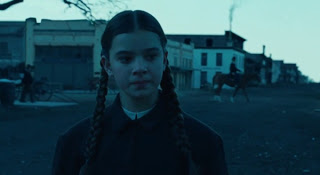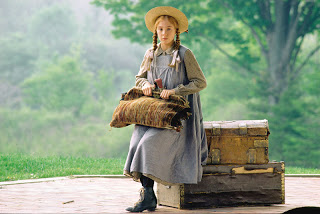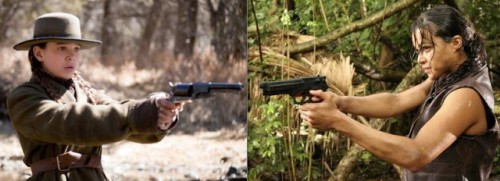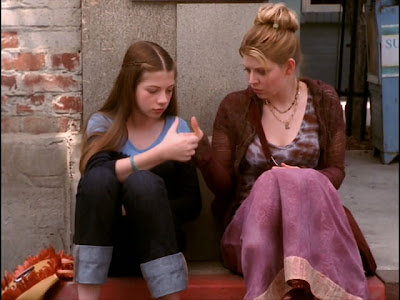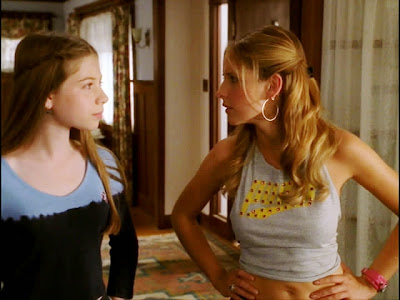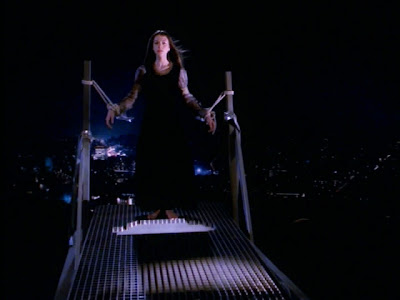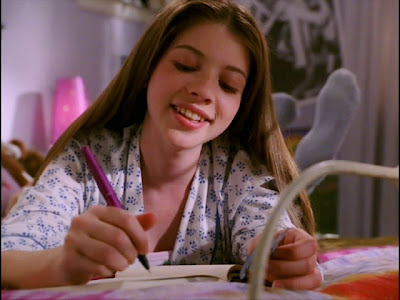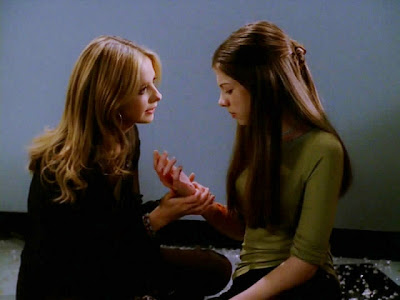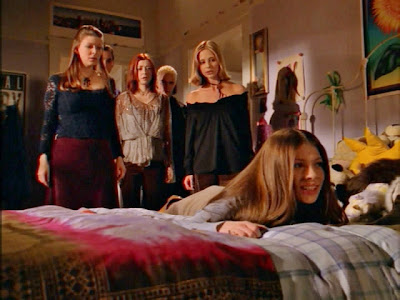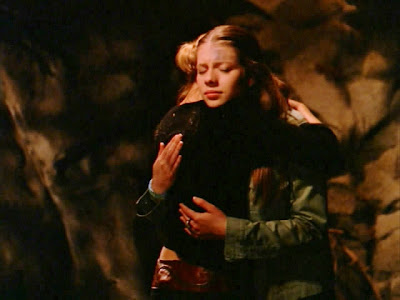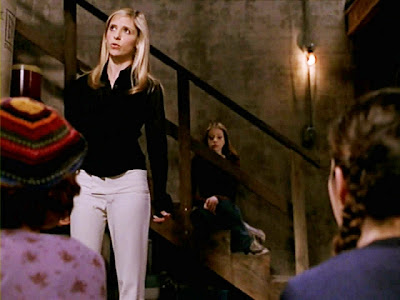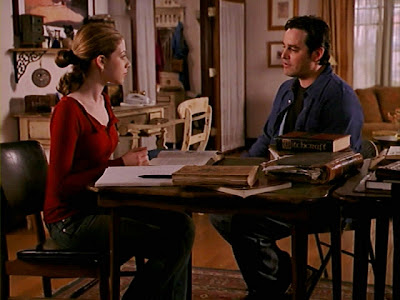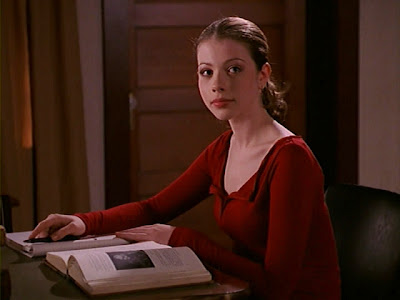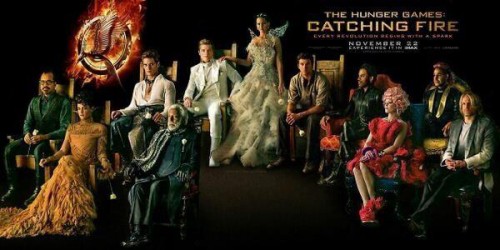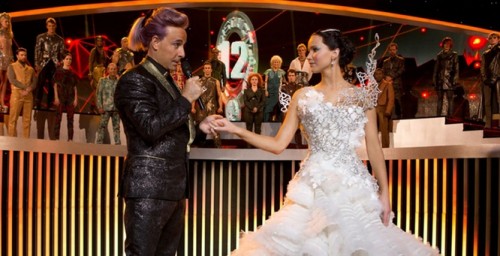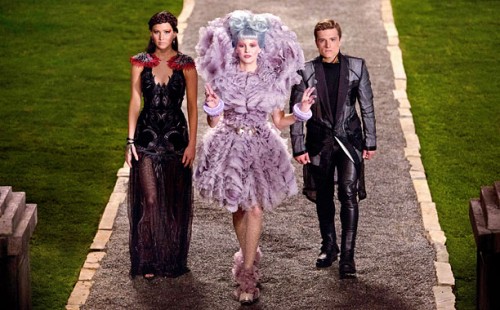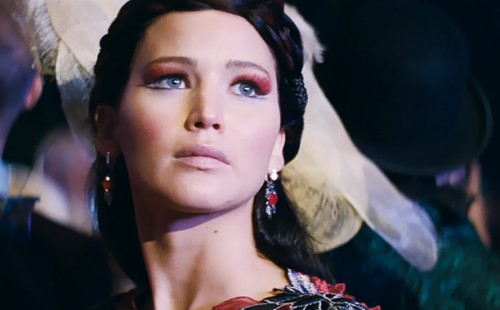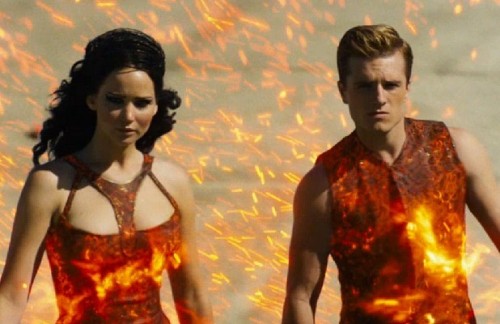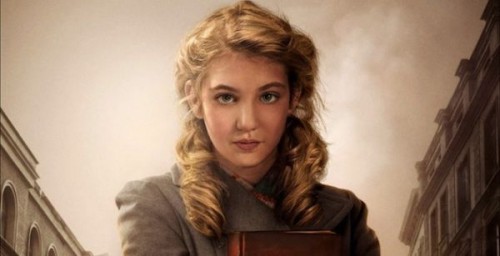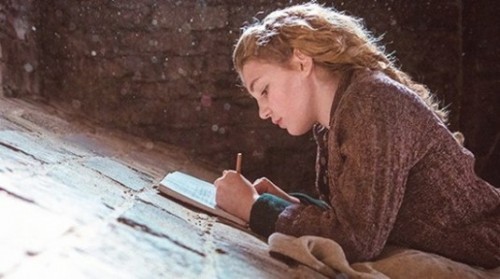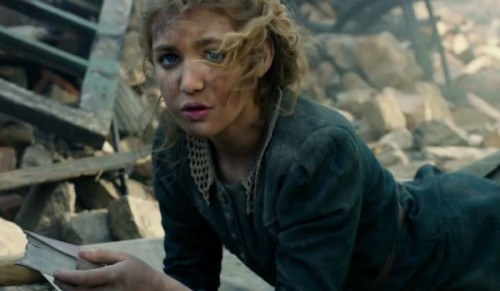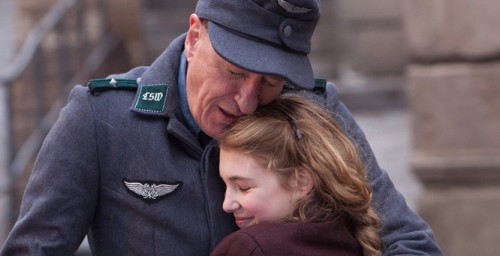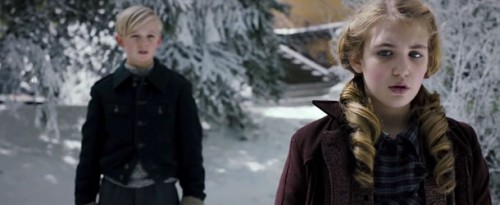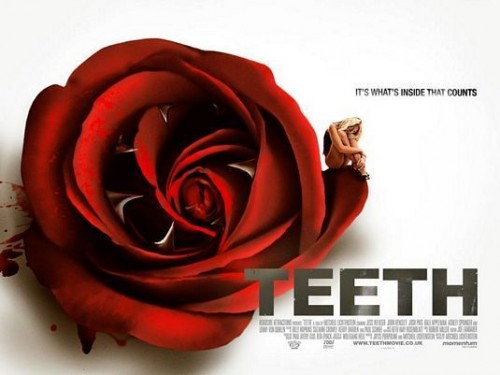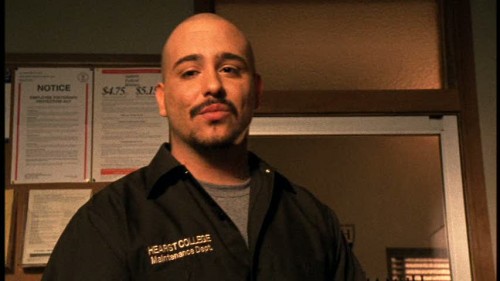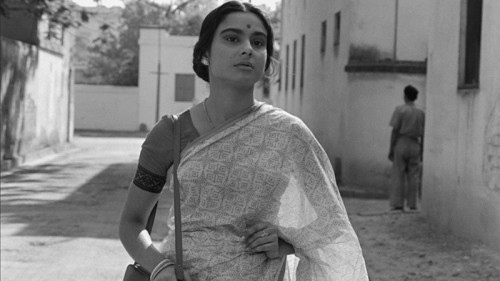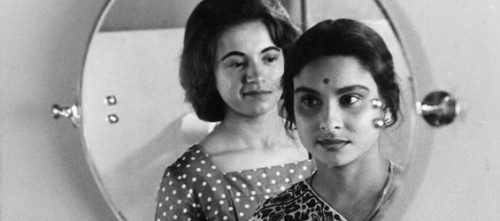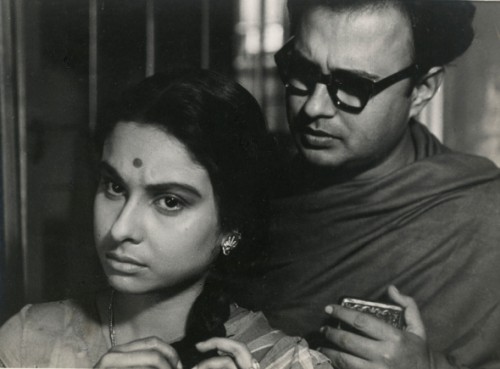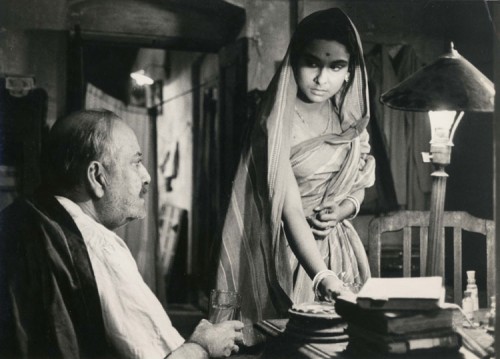
Written by Rachael Johnson as part of our theme week on Child and Teenage Girl Protagonists.
It has been 20 years since its release, but The Piano has lost none of its unsettling power. An intense, provocative tale of an “imported” Scottish bride in 19th century colonial New Zealand, Jane Campion’s finest film still stimulates debate about the nature of female identity and sexuality in patriarchy. Both written and directed by the New Zealand filmmaker, The Piano won the Palme d’Or at the 1993 Cannes film festival and picked up three Academy awards at the 1994 ceremony. Holly Hunter won the Best Actress Oscar for her memorable performance as the bride, Ada McGrath, and Jane Campion was awarded Best Original Screenplay. There was another award that The Piano took home that night–that of Best Supporting Actress. Anna Paquin won the prize for her role as Ada’s young daughter, Flora McGrath. The award was seen as unexpected by many pundits. Paquin plays a child of 9 or 10 and she was only 11 when she won the Oscar. It should not, however, have been that surprising to anyone who had seen the film. Flora is a richly complex as well as hugely important character in the story. As for Paquin’s performance, it is, simply, exceptional. Roger Ebert rightly called it “one of the most extraordinary examples of a child’s acting in movie history.”
Let’s first take a closer look at the story and central characters of this original Victorian tale. From the very start, its heroine is portrayed as a remarkable, enigmatic soul. Ada McGrath is a mute widow whose identity is clearly bound up with her beloved piano. The most important person in her life is her spirited, headstrong daughter. Mother and child are exceptionally close. They are given no back-story. Their past remains a mystery. Although Flora expresses interest in learning about her father, she does not, it seems, even know his name. Neither does the audience. At the very beginning of The Piano, we see Ada married off by her father to Alistair Stuart (Sam Neil), a colonial frontiersman in New Zealand. It is manifest from the moment she arrives on the expansive shores of that beautiful land that Ada will never accept Stuart as her husband. When he refuses to transport her piano to his home, she protests spiritedly (Flora interprets Ada’s sign language) and continues to express her discontent. It is also obvious that Stuart, a staid Victorian gentleman with a severely limited imagination, will never understand Ada. Flora, for her part, declares that she will not accept him as her father.

Another man enters Ada’s life, a neighbor and overseer called George Baines (Harvey Keitel). Illiterate, earthy and sexual, he is characterized as the very opposite of the conservative, repressed Stuart. Baines offers Stuart an exchange: some of his land for the piano. He says that he wants to learn to play the instrument. Stuart’s wife is to teach him. Baines is, however, only interested in Ada. Their association is initially exploitative: Ada is coerced into giving Baines sexual favors in exchange for earning back the piano. Their relationship changes dramatically when they fall in love. Motivated by a belief that her mother is committing a wrong as well as, no doubt, by a fear that she is no longer the most important person in her life, Flora effectively exposes their affair and gives Stuart (whom she now calls “Papa”) proof of Ada’s enduring love for Baines. What follows changes all of their lives.
The Piano is a film of arresting visual beauty. It is, however, a rose with thorns. Strange, unsettling, powerful and problematic, it can be interpreted in a variety of ways. It does invite feminist readings. Its heroine is a sensual, romantic rebel who does not conform to culturally sanctioned norms of feminine behavior. As much as men try and control her, it is clear that her body and soul can never really be owned. It also acknowledges sexual coercion and patriarchal violence as an historical reality for women. The Piano, can also, however, be interpreted as dangerously regressive in its understanding and representation of female sexuality. At the end of the day, there’s no getting around the fact that Ada falls in love with a man who has exploited her. Baines himself is transformed into a romantic hero. Then again, we may ask if Campion is perhaps trying to underscore that Ada’s psycho-sexual state is the lot of female identity and sexuality in patriarchy? Her portrait of Ada is, ultimately, extremely complex. She portrays her heroine as a victim, sexual subject, self-directed woman, and survivor.

What is clear is that Campion is interested in the strategies women use to survive in patriarchy. But she is not only interested in the fate of women. She is also interested in how girl-children negotiate their way in a male-dominated world. It is through Ada’s daughter as well as Ada herself that Campion explores the feminine condition in the 19th century. Her rich, multi-layered characterization of Flora is, in fact, one of the most remarkable features of The Piano. She is as interesting and compelling as the adult characters and, arguably, the most convincing. The little girl also has huge symbolic and dramatic importance. This is, of course, unusual in cinema. There are relatively few films where a girl plays such a significant, pivotal role.
Flora McGrath is an extremely smart, perceptive, imaginative and articulate child. She likes to get involved, to meddle even, and loves to tell stories. ‘”My real father was a German composer,” she tells fascinated colonial women at one point. Perhaps because she has been fatherless, Flora has not been shackled by patriarchal norms of femininity. She is lively and headstrong, the very antithesis of the archetypal meek Victorian girl-child. As Ada is, also, not an authoritarian mother, her childhood has been blessed by a great deal of love and freedom. In an early scene in The Piano, we see her tearing through her grandfather’s home on roller-skates.
Flora is also not afraid of speaking to adults, even paternal figures. She shares her mother’s innate, autonomous spirit and rightly perceives that her new father is a threat to their special bond. Amusingly, the closeness of the bond is even recognized by the dull Stuart. He is always tentative when he approaches Ada and her child. At the beginning of the story, Flora tells her mother that she does not want another father. She declares, “I’m not going to call him Papa. I’m not going to call him anything. I’m not even going to look at him.” Although she wants to hear stories about her own father, Flora is conceived, at least at first, as an anti-patriarchal child. The love between Ada and Flora embodies a utopian, gynocentric ideal and, as Flora is aligned with Ada, she too represents the feminine state.
From the very start of the film, Ada and Flora are shot together. Campion’s camera recurrently emphasizes their similarities–their brown eyes, extreme pallor, and sober style and color of dress–and makes them mirrors of each other. We see them tilt their head in the same way and when someone unfamiliar crosses their path, they alternate in standing behind each other. Mother and child are in the same portrait, and the same story.

Flora serves a concrete as well as symbolic role in the story. She is, literally, Ada’s voice. Although she may sometimes fancifully embroider her mother’s unvoiced words, she interprets her signing for others. If the piano is Ada’s non-verbal means of expression, Flora is her only human instrument of communication. The child also represents Ada’s freedom and female freedom in general. This is beautifully illustrated in a scene where we see Ada joyfully play the piano on the white sands while Flora dances with supreme self-confidence for her mother.
Flora is, however, not only her mother’s helper and beloved child. She is also her adversary. It is Flora who effectively reveals her mother’s transgressions to Stuart. “I know why Mr. Baines can’t play the piano,” she tells her stepfather. Although her view was limited and she did not, of course, fully understand what she saw, she was once a witness to the adults’ curious activity. She does, however, sense that her mother and Baines were doing something her stepfather would not like. Stuart soon learns the truth and attempts to rape Ada when he discovers her making her way to Baines’ home.

Flora is not an evil little girl. She loves her mother but simply does not understand the consequences of her words. Her betrayal should not, in fact, shock the viewer. Flora most likely feels like she has been betrayed. “I want to be in the photograph,” she says with a scowl when her mother’s wedding portrait is being taken. She fears that she will no longer be in her mother’s photographs. When Baines and Ada are together in the cabin, Flora plays alone outside. Hurt and angry, she fears that she has been replaced in her mother’s affections. Perhaps she even harbors feelings of hate towards her. That is why she starts calling Stuart “papa.” The fatherless child begins to side with convention and patriarchy. Interestingly, we hear Flora judge her mother like a fanatical Puritan. She calls her mother’s observation that people talk rubbish “unholy.” At one point, she screams that her mother is “going to hell.” When Stuart boards up their house to prevent Ada from visiting Baines, Flora gives him helpful directions. She betrays her mother a second–and last–time. Charged with giving a romantic message to Baines, she decides instead to give it directly to Stuart. Flora will, however, be traumatized by her stepfather’s brutal, life-changing punishment of her mother and will soon return to the fold. She becomes, once again, the loyal, ardent voice of Ada. Her mother’s lover, Baines, will be her new father.
Campion’s portrait of Flora is as fascinating and complicated as her portrait of Ada. Flora is a strong-willed, non-conformist girl-child allied with her mother in a land of male strangers. The close bond she shares with her is unique. Flora is Ada’s very likeness, as well as instrument and expression of freedom. Yet she reproduces the lines of preachers to condemn her mother and chooses–at least, for a time–to accept her austere stepfather’s ways. Flora’s disloyalty issues from feelings of abandonment and insecurity but it is also indicative of the insidious ideological power of patriarchy. Campion shows how girl-children may reproduce its values.

Campion’s take on childhood itself is unsentimental and truthful. Flora is a charming, expressive child but she is not Hollywood cute. Paquin’s performance is hugely charismatic. She perfectly captures her character’s individualistic, insubordinate ways. She also, however, embodies girlhood. Flora may be intelligent and imaginative but she is also a child. While she may have spent a great deal of time in the company of adults, witnessing adult anxieties and brutality, she does not yet fully understand the adult world. Like most children, she is self-centered and like most, she wants to monopolize her mother’s love and attention. Children can also, of course, be cruel as well as affectionate–almost in the same breath, on occasion. Flora is no exception. In one scene, we see the little girl torment then comfort a dog outside Baines’ cabin. With her mother, she can be both sweet and censorious in a darkly comic way. When Stuart locks Ada in the house upon discovering her affair, Flora says to her mother, “You shouldn’t have gone up there, shouldn’t you? I don’t like it, and nor does Papa.” Almost immediately, she makes the pleasant suggestion, “We can play cards, if you like.” She scolds as well as mothers Ada, in the same way she scolds and mothers her dolly and the dog. In the final scenes of The Piano, we see Flora busily attend to her mother’s needs.
Campion not only makes Flora a real child; she is also drawn as an emotionally complex human being with her own needs and wants. Thanks to her inspired, multi-layered characterization and Paquin’s natural, fully realised performance, Flora is consistently credible and authentic. Campion’s portrait of Flora is also a political one. The writer-director is interested in her place in the world. Through Flora, she explores the distinctive nature of the mother-daughter relationship as well as the hold of fathers. Flora is an intelligent, resilient child. Like her mother, she is portrayed as a survivor and sovereign spirit. We last see her cart-wheeling in the garden of her new home. Ultimately, her fate is fascinating one to contemplate.

